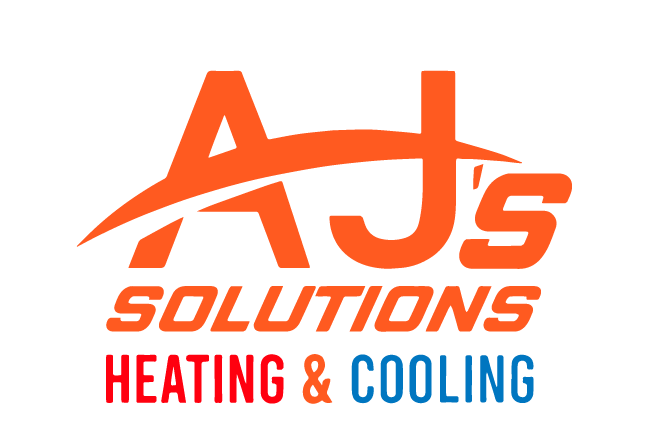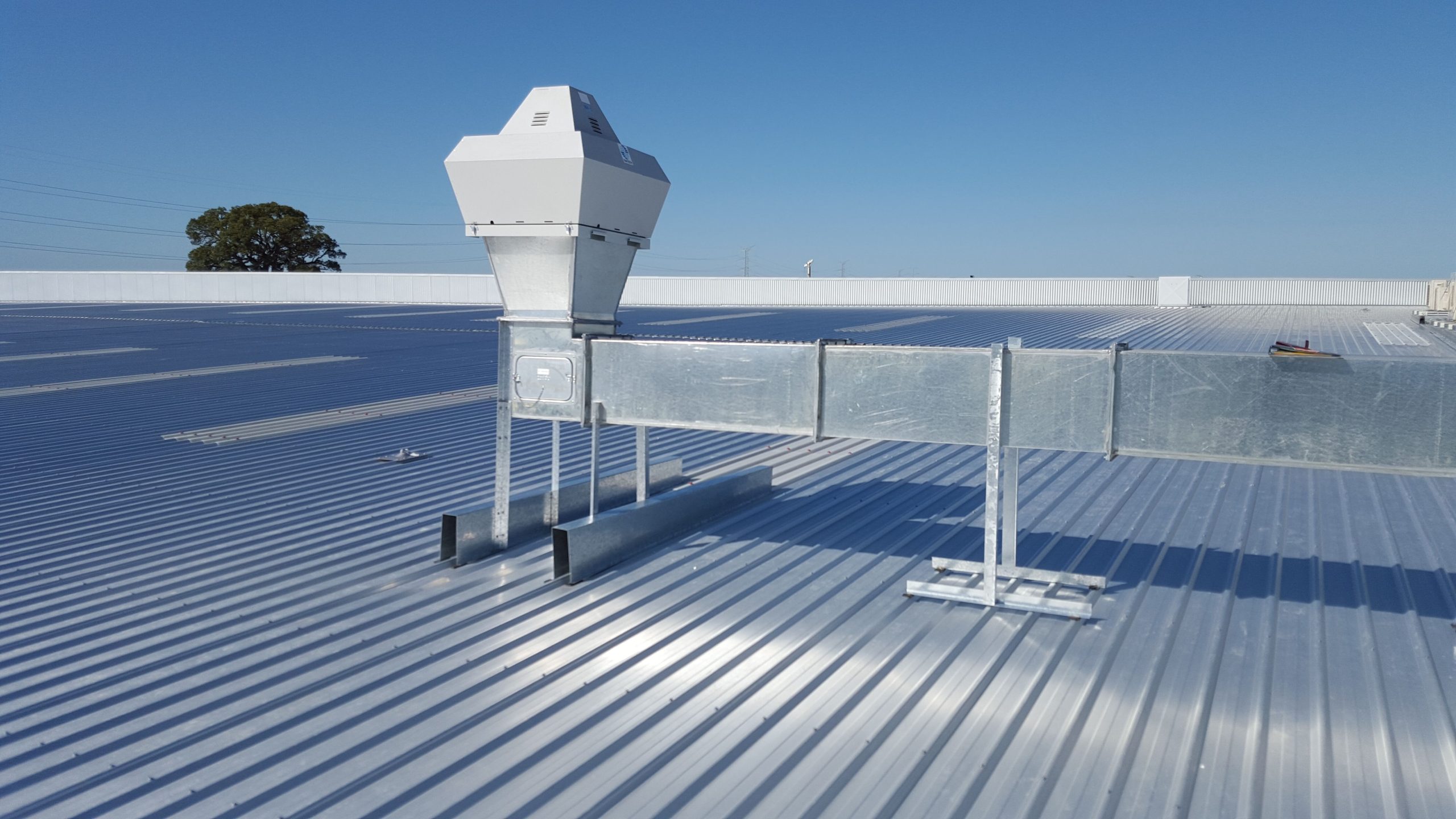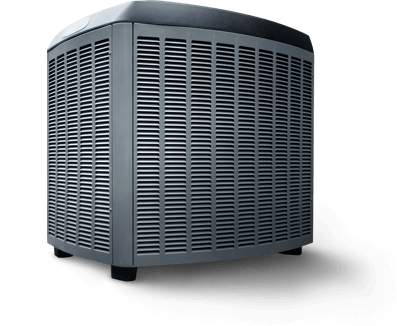Here’s why the ducting installation is crucial:
1. Efficient Air Distribution:
Properly installed ducts ensure that conditioned or treated air (warm or cool) is distributed evenly throughout a building or space. This helps maintain a comfortable and consistent indoor environment.
2. Energy Efficiency:
Well-designed and correctly installed ductwork can significantly improve energy efficiency. Leaky or poorly insulated ducts can lead to energy waste and higher utility bills.
3. Indoor Air Quality:
Ductwork also plays a critical role in maintaining indoor air quality. Clean and well-maintained ducts help reduce the circulation of dust, allergens, and contaminants, which can be detrimental to health.
4. Temperature Control:
Ducting is essential for controlling the temperature within a building. It ensures that heated or cooled air reaches its intended destination, preventing hot or cold spots.
5. Noise Reduction:
Properly installed ducts can help reduce noise from the HVAC system, creating a quieter and more comfortable indoor environment.
6. Comfort:
Effective ducting installation contributes to the overall comfort of the building’s occupants by ensuring that conditioned air is delivered where it’s needed, promoting even temperature distribution.
7. Maintenance and Durability:
Well-installed ductwork is easier to maintain and tends to last longer, reducing the need for frequent repairs or replacements.
8. Compliance with Codes and Standards:
Proper installation of ductwork ensures that it complies with local building codes and industry standards, which is essential for safety and regulatory reasons.
9. Safety:
A correctly installed duct system helps prevent issues like carbon monoxide leaks or combustion byproducts from entering living spaces.
10. Productivity (Industrial Applications):
In industrial settings, ducting is crucial for maintaining air quality, controlling fumes and dust, and creating optimal conditions for production processes.
In summary, ducting installation is vital for creating a comfortable, energy-efficient, and safe indoor environment, whether in residential, commercial, or industrial settings. It ensures that HVAC systems operate at their best, providing consistent and well-distributed air while minimizing energy waste and potential health hazards.


